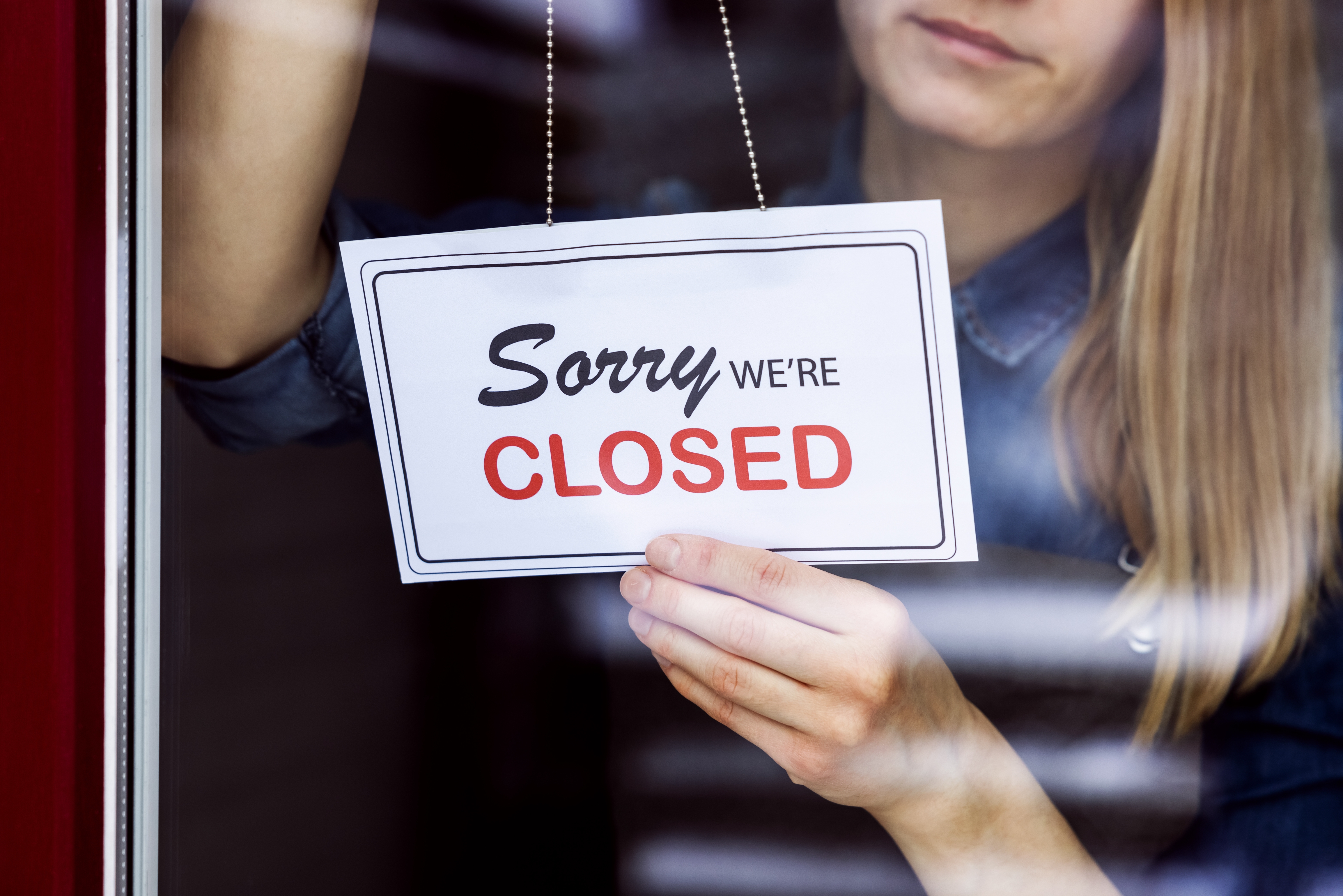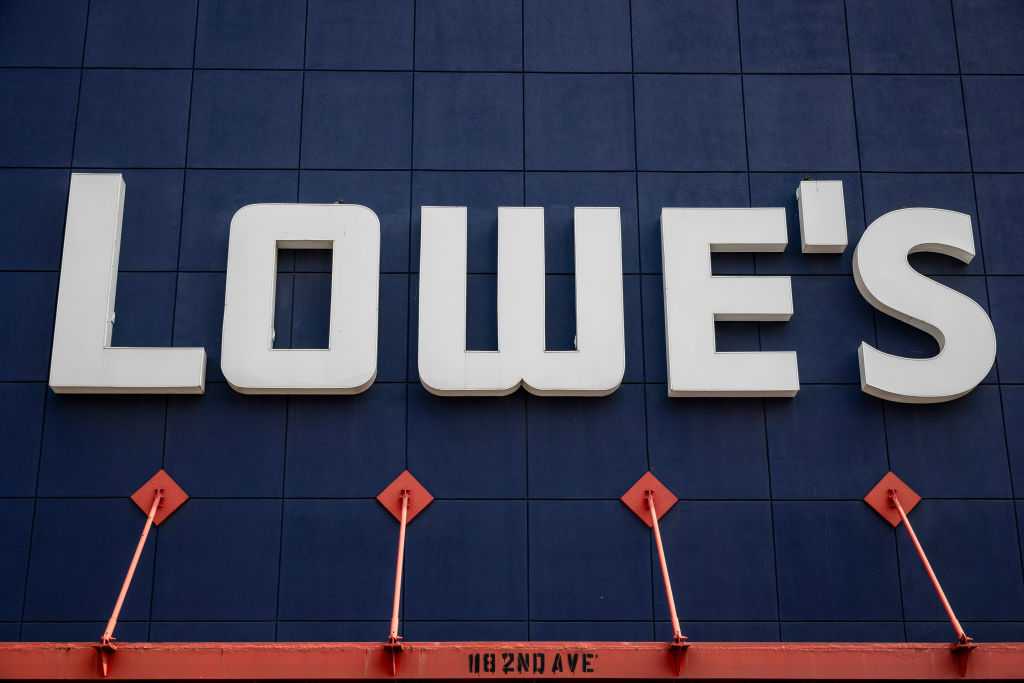Fake vs. Real Christmas Tree: Which Will Save You More?
Depending on your choice of fake vs. real Christmas tree, you could be saving money every year.
Carla Ayers
The fake vs real Christmas tree debate has been simmering on for years. Traditionalists and romantics point to the festive smell and that sense of bringing the natural world into your home. Pragmatists point to the practicality (and environmental benefits) of reusing the same tree year after year.
But, depending on your choice, you could be saving money every year. We take a look at the pros and cons of the great tree debate.
Fake trees: considerations
Reusable. This is pretty obvious. You can reuse a fake Christmas tree every year. If you’re on a budget and don't want to splurge every year, this is your best bet. You're helping the environment with that reuse (if you ignore the small factor that the tree is made of plastic). Plus, most fake trees come in sections, meaning they can be easily stored, ready to come out the next year.

Sign up for Kiplinger’s Free E-Newsletters
Profit and prosper with the best of expert advice on investing, taxes, retirement, personal finance and more - straight to your e-mail.
Profit and prosper with the best of expert advice - straight to your e-mail.
No maintenance or mess. As your tree is fake, there’s no watering, sweeping of needles, or trimming. Most real Christmas trees involve some kind of daily maintenance to keep them alive, just like a houseplant. You don’t have to struggle to put the lights on every year. Most fake trees already have lights on them. There are even some ingenious pop-up versions, that store away in their own carry case! And the best part — you won’t have to squash the tree into your car or drag it along your driveway every year.
Customization. Instead of searching through a tree farm or the stand at your local Home Depot, you can choose what size, color, and lights you want on your tree. Some fake trees come with apps that allow you to change the light colors and sequences.
Cost. Artificial Christmas trees can range from about $85 to $1,000 or more. “According to our 2023 survey, 52% of artificial Christmas tree owners purchased their tree for under $200, and 27% paid $200 to $400,” says Jami Warner, executive director of the American Christmas Tree Association.
Real trees: considerations
Non-reusable. Like cut flowers, Christmas trees will eventually die (of course, if you have a big enough garden — and patience — you can buy a potted tree and plant it in your garden after the holidays, then dig it up every year). A typical Christmas tree will last about 4 weeks with adequate watering and care (keep it away from heaters).
Maintenance and mess. All real Christmas trees (whether pines, firs, or spruce trees) will shed their needles to some extent. (Despite what those "non-drop" claims on the labels may say.) Maintenance is much higher with a real tree — including trimming branches to get the right shape, regular watering, and sweeping up needles and sap. You’ll also have to always attach your lights to the tree which can be one of the most annoying festive chores.
Adds a natural scent. Most people look forward to this part the most — the fresh smell of pine spreading throughout your house. You can keep an evergreen candle lit near your fake tree but nothing can truly substitute for the festive smell of a real Christmas tree.
Cost. On average 25-30 million Christmas trees are sold in the U.S. every year. In 2022, 22.34 million real Christmas trees were purchased and sold a median price of $80, according to the National Christmas Tree Association. This year, the price of trees is rising by 10% to around $85-110 and some will cost more, depending on the size you go for. That's a lot to pay out every year...
Verdict
Of course, it mostly comes down to personal preference — what you want in your house, the maintenance you are (or are not) willing to put in, decor styles, and how much of a premium you put on what people love the most — the smell.
But when it comes to saving money, you’ll want to go with the fake tree. A well-made fake tree might have a high initial cost but, in the long run, you’ll end up paying more for a real tree every year.
Related content
Get Kiplinger Today newsletter — free
Profit and prosper with the best of Kiplinger's advice on investing, taxes, retirement, personal finance and much more. Delivered daily. Enter your email in the box and click Sign Me Up.
Quincy is the newsletter editor at Kiplinger. He joined Kiplinger in May 2021. Before, he worked at Agora Financial - Paradigm Press and was a contributing writer for several other online media publications.
In his current role at Kiplinger, Quincy manages all of Kiplinger's newsletters, including Kiplinger Today, Investing Weekly, Tax Tips, Kiplinger’s Special Report Closing Bell, and more.
When he’s not working, he’s taking his dog for a walk, fishing or somewhere in the world on a beach.
- Carla AyersE-Commerce & Personal Finance Editor
-
 Should You Do A Roth IRA Conversion? Nine Things to Consider
Should You Do A Roth IRA Conversion? Nine Things to ConsiderThe Tax Letter Thinking of converting a traditional IRA to a Roth IRA? The Kiplinger Tax Letter Editor highlights nine factors you should consider before making a move.
By Joy Taylor
-
 33 Stocks That Could Rally 50% or More This Year
33 Stocks That Could Rally 50% or More This YearAnalysts say these S&P 500 stocks have at least 50% price upside over the next year or so.
By Dan Burrows
-
 What to Stock Up On (and What to Skip) Before Tariffs Raise Prices
What to Stock Up On (and What to Skip) Before Tariffs Raise PricesWith tariffs set to return on July 8, 2025, prices on everything from appliances to clothing could rise. Learn what to buy now, what to skip and how to protect your budget.
By Laura Gariepy
-
 5 Treats to Splurge on with Your Tax Refund
5 Treats to Splurge on with Your Tax RefundWant to use your tax refund to splurge on a little something nice this spring? Here are five treats to make the most out of that extra cash.
By Rachael Green
-
 Starbucks 2025 Dress Code Changes: See the New Look
Starbucks 2025 Dress Code Changes: See the New LookThe 2025 Starbucks dress code change features a uniformed look as part of creating a more familiar and friendly cafe experience.
By Sean Jackson
-
 Sam's Club Plans Aggressive Expansion: Discover Its New Locations
Sam's Club Plans Aggressive Expansion: Discover Its New LocationsSam's Club expansion plans will open up to 15 new stores each year. Learn where they plan to open in 2025.
By Sean Jackson
-
 Don’t Panic About the 'Retail Blackout' – See Which Stores Are Closing (and Which Aren’t) for Easter 2025
Don’t Panic About the 'Retail Blackout' – See Which Stores Are Closing (and Which Aren’t) for Easter 2025Dozens of major retailers are planning to close their doors on April 20. Find out which of your go-to stores are on the list.
By Rachael Green
-
 Amazon Haul Online Is Here – Shop Under $20 Deals Without the App
Amazon Haul Online Is Here – Shop Under $20 Deals Without the AppThe Amazon storefront where everything costs $20 or less is now available online.
By Rachael Green
-
 Lowe's Stores Closing All Locations for 24 Hours
Lowe's Stores Closing All Locations for 24 HoursLowe's will close all of its retail locations and contact center for one day in April.
By Sean Jackson
-
 Trump's Tariffs Could Make Your Favorite Clothing Brands More Expensive
Trump's Tariffs Could Make Your Favorite Clothing Brands More ExpensivePresident Donald Trump announced tariffs on imported goods from a litany of countries. See how these tariffs will impact your favorite clothing line.
By Sean Jackson